Home/Wellness Zone/Sakra Blogs

16th Sep, 2024
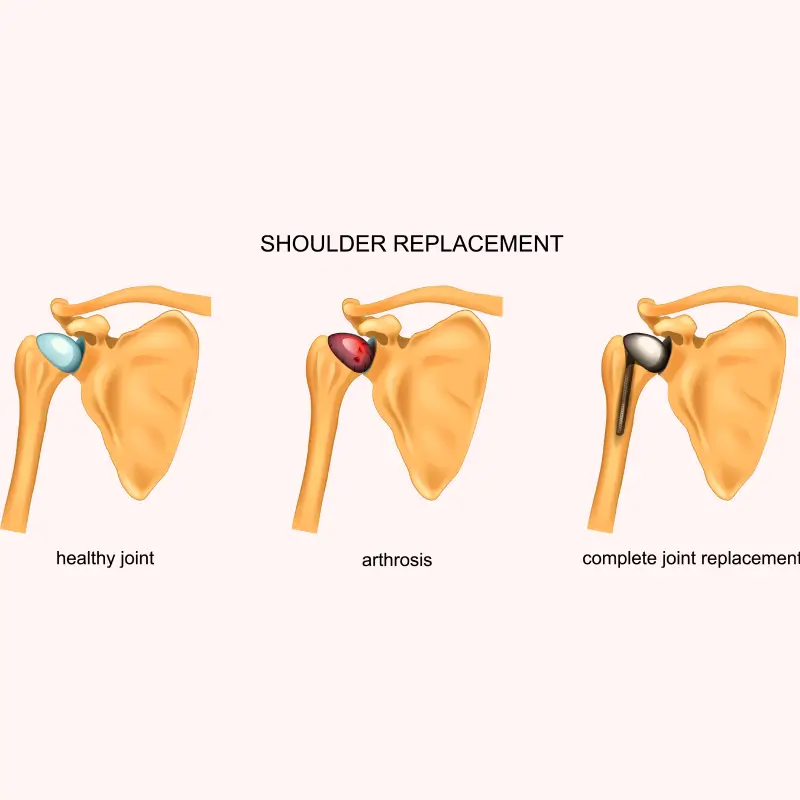
Shoulder arthroplasty, also known as shoulder replacement surgery, is a procedure where a damaged or arthritic shoulder joint is replaced with an artificial joint made of metal and plastic components. The goal is to alleviate pain, restore mobility, and improve overall shoulder function.

Back pain is one
13 Oct 2025
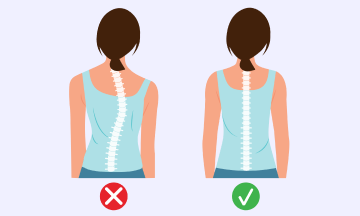
Scoliosis is a spinal condition
19 May 2025
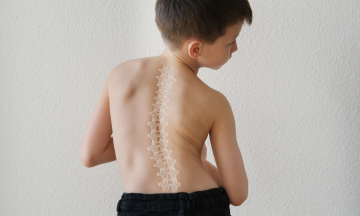
Scoliosis is a condition where
19 May 2025
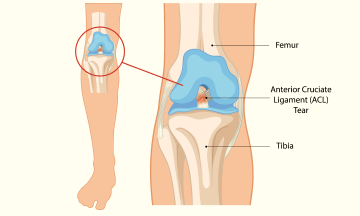
Ligament injuries, especially to the
19 Feb 2025
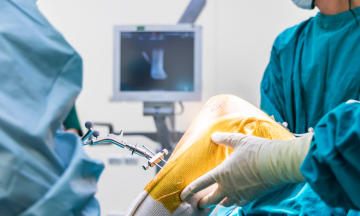
Knee replacement surgery has come
17 Feb 2025
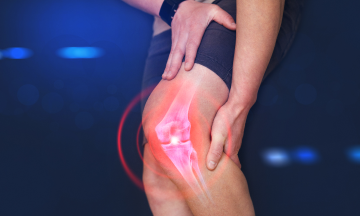
Knee ligament injuries are common
17 Feb 2025

Maintaining good posture while working
13 Nov 2024

Shoulder pain is a common
13 Nov 2024
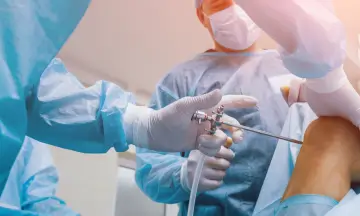
Shoulder injuries are common in
16 Sep 2024
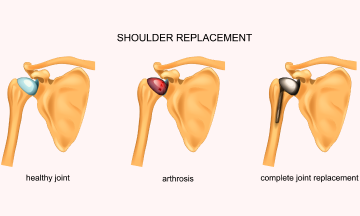
Shoulder arthroplasty, also known as
16 Sep 2024
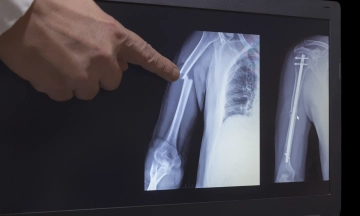
A hairline fracture,
23 Jul 2024

A rotator cuff is a
20 Apr 2023
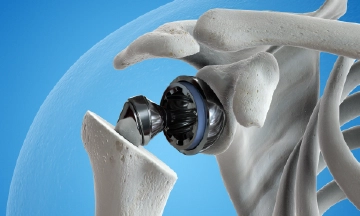
Shoulder replacement surgery, also known
15 Mar 2023

Bengaluru, December 13, 2020:Sakra World
7 Jun 2021
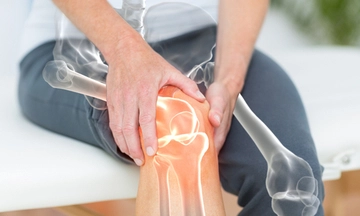
Importance of Knee Joint The knee
6 Nov 2020
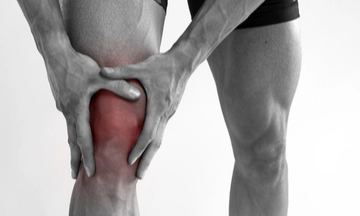
There are a subset of
6 Nov 2020

Question: I haven’t been injured
24 Jan 2020
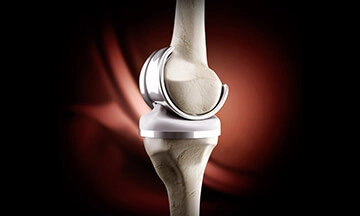
Medically known as adhesive capsulitis,
23 Dec 2019

Medically known as adhesive capsulitis,
23 Dec 2019
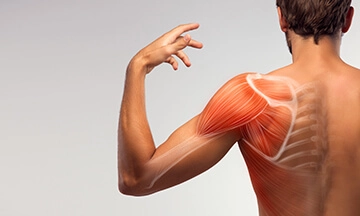
Living in pain can be
23 Dec 2019

Overview of treatment options for
23 Dec 2019
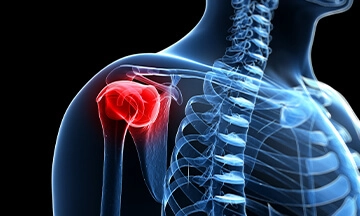
There are a variety of
23 Dec 2019

If you've been around athletes,
23 Dec 2019

Simple activities like brushing hair
23 Dec 2019

The shoulder consists of several
23 Dec 2019
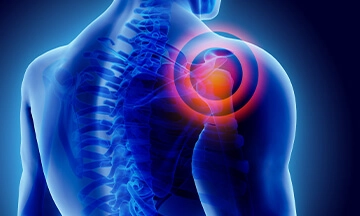
The group of muscles &
23 Dec 2019
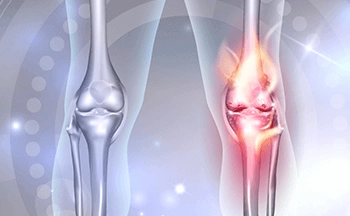
What is Meniscal transplant surgery? Replacing
2 Jan 2019
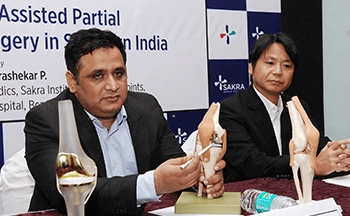
Sakra World Hospital introduces Computer
6 Sep 2016
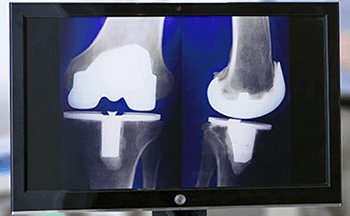
Total Knee Replacement
20 Jul 2016

The shoulder is a complex
8 Mar 2016
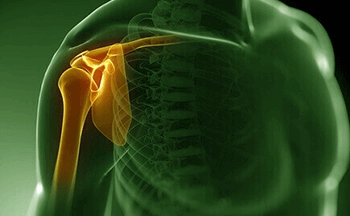
Shoulder joint complex is a
6 Feb 2015
Enquire Now

